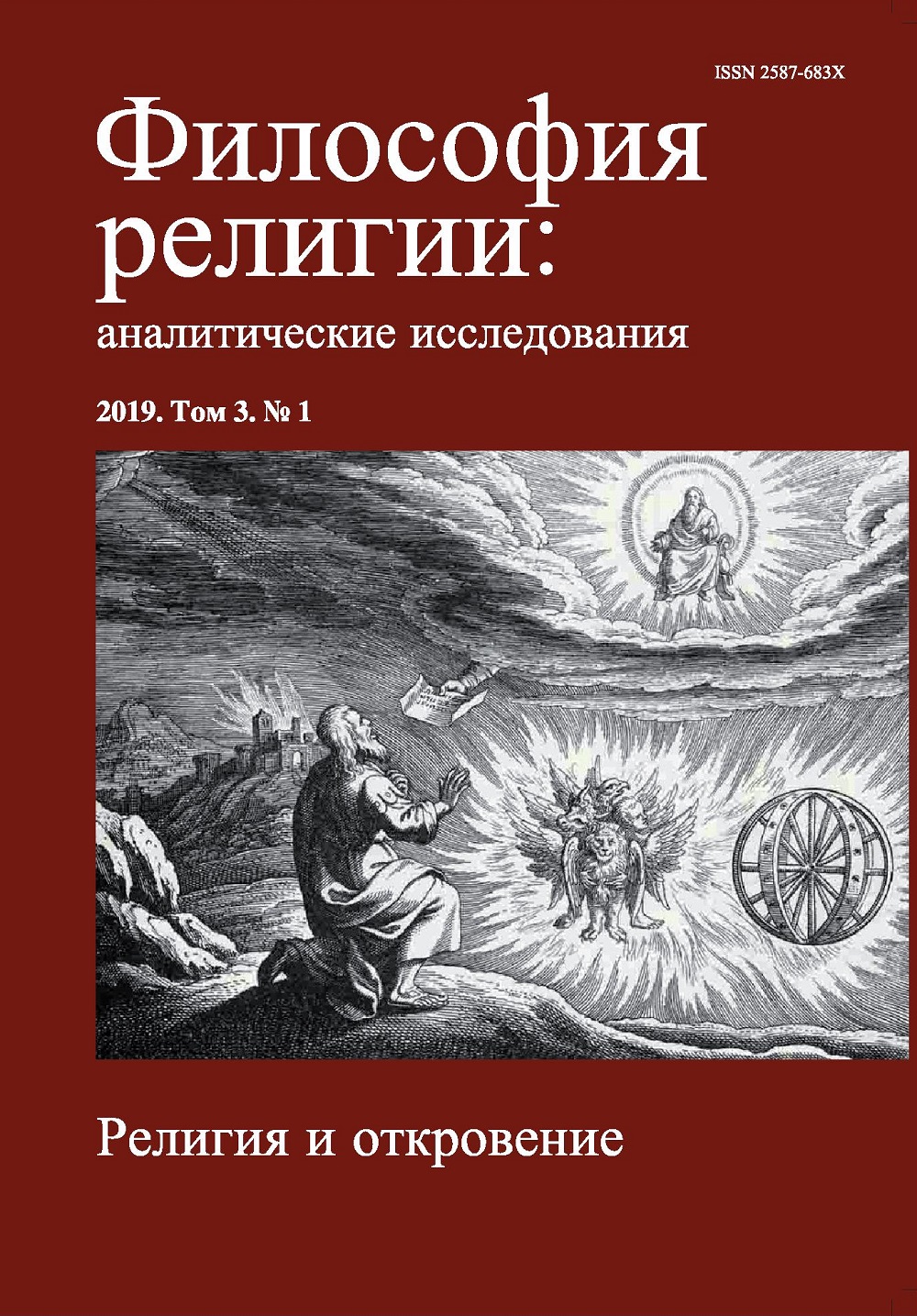Revelation as a Source of Knowledge in Vishishta-advaita-vedanta Yamunacarya
DOI:
https://doi.org/10.21146/2587-683X-2019-3-1-117-126Keywords:
vishishta-advaita, Ramanuja, Revelation, shruti, Yamunacarya, Agamapramanya, pancaratra, Indian Philosophy, ShribhashyaAbstract
The paper deals with the criteria of definition, proposed by Yamunacarya, in relation to the notion "revelation". The methods of the exegetical interpretation are developed by Ramanuja in "Vedarthasamgraha". Conventionally the passage of "Brahma-sutras" on im¬possibility of origin (II.ii.40-43) is interpreted in Vedanta as refutation of "non-orthodox" agamic tradition of pancaratra, though the refuted doctrine is not defined in the text of "Brahma-sutras". This identification was proposed by Shankara and Bhaskara and till XXI centuries was generally accepted, until Yamunacarya wrote the special treatise, devoted to establishment of authority of pancaratratantra. Alongside the logical arguments in defense of pancaratra, proposed by Yamunacarya in "Agamaprapanya", the article sets out also the exegetical principles of interpretation of the sacred texts, proposed by Ramanuja in "Vedarthasamgraha".

 This work is licensed under a
This work is licensed under a 
